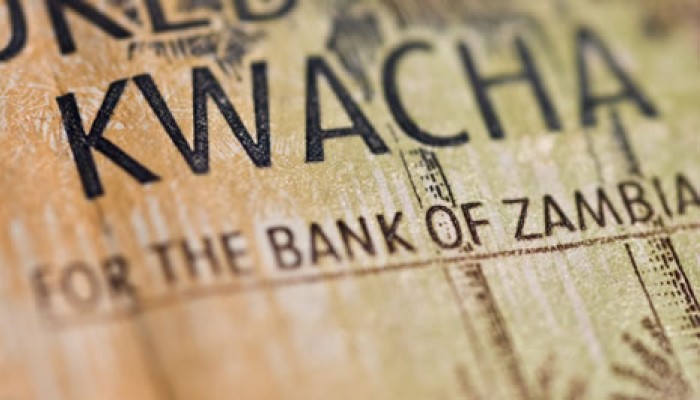The central bank in Africa’s second largest copper producer has raised its cash reserve requirement by 300 basis points to 14.5% both on foreign and local currency in a move to curb notorious inflationary pressure. This monetary tightening move comes in the wake of evelated pricess pressures as the southern african nation grapples with a persistent currency slide breeding cost push effects. Zambia headlined 12.6% for October a steep jump from 10.8% while the Bank of Zambia in its last monetary policy communique forecast prices pressures that would keep the consumer price index outside the 6-8% target band until first half of 2025. Exposed to the plethora of exogenous factors stemming from rising crude prices as geopolitics heightens in the middle east.
Earlier in a the year a fortnight to the first rate decision the BOZ hiked the statutory reserve ratio 250 bps to 11.5% in response to a kwacha currency slide. Two weeks later the central bank raised its benchmark interest rate 50 bps to 9.5%. The sterlisation measure will total the years adjustments to 550 bps to 14.5% in addition to 100 bps adjustment to 10% but with one more rate decision meeting to be held in the third week of November.
Historically the central bank last saw a drastic adjustment to its cash reserves in 2015, a drought era that had the kwacha on its worst slide. BOZ statutory reserve ratio saw records of 18.5%. Zambia, an investor darling with more recent debt restructure developments, still grapples with structural vulnerabilities with seasonal foreign exchange demand for the agribusiness, petroleum sectors and more recently realisation that that the copper producer could ve required to extinguish a dollar bond coupon obligation as early as December should eurobond holders nod the proposal ro restructre the $3 billion worth of outstanding fixed income.
Commenting on the matter Executive Head Trading for Global Opportunik Fund Dean Onyambu said, This monetary tightening exercise underscores the Bank of Zambia’s commitment to mitigating persistent foreign exchange market pressures and controlling inflationary trends. It embodies the bank’s steadfast resolve to calibrate the financial ecosystem through continuous monitoring and agile responses to ensure macroeconomic stability.
The BOZ’s current posture reveals a propensity for a hawkish policy direction. Indications suggest that the SRR and the Monetary Policy Committee (MPC) rate may experience additional ascensions. The MPC rate, for example, could still be adjusted higher by 100 basis points, to 11.00%, during the Monetary Policy Committee meeting slated for the 20th to 22nd November 2023, Onyambu said.
Zambia will seeks to attrack foreign direct investment with an improved sovereign rating outlook should bondholders nod the proposed eurobond restructure. The copper producer could see an S&P and Fitch upgrade from the current default rating.
The Kwacha Arbitrageur

